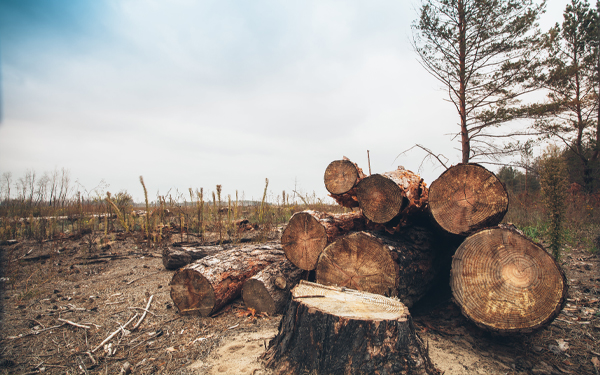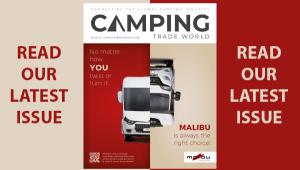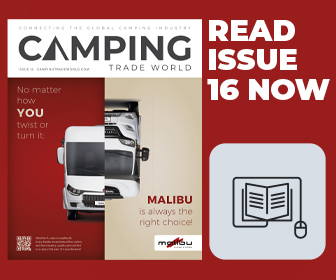Do you really need to print those catalogues?

Catalogues. They can be the bane of our business lives at times. It’s a constant treadmill to create content for them and get them to the printers by that fast-approaching deadline. But are paper catalogues really relevant in the modern world? And more importantly, what is their impact on the environment? The latter of those questions has been answered in a fashion by digital technology leader Elastic Suite, part of the Emerald group. It has created the first ever estimate of the global environmental impact of printing B2B catalogues using scientific methodology provided by the Environmental Paper Network’s (EPN) Paper Calculator.
The findings of the report estimate that about 184.1 billion doubles-sided catalogue pages are produced by companies across 16 key manufacturing verticals that heavily rely on them – including: apparel, footwear, sporting goods, cycling, winter sports, outdoor gear, surf, handbag/purse, household cooking/appliance, cosmetics, auto parts/accessories, home décor, lighting fixtures, power tools, hardware and construction materials. That’s 4,288 square miles per year. To produce this many catalogues, it requires 46.3 million trees, used 56.4 trillion BTUs of energy, produces 21.8 million tonnes of carbon dioxide, uses 53.5 billion gallons of water and produces 1.37 million tonnes of solid waste. You don’t need to be genius to figure out that a lot of that is unnecessary and harmful.

“Awareness is the first step leading to the necessary changes in corporate behaviour and adopting a vision toward greener business practices,” said EPN’s Kim Porter.
“Elastic Suite is not only using our Paper Calculator to help create that awareness, but also provides actual technology solutions to ensure that the natural resource savings can be realised.”
Jason Reddin of Emerald EVP Elastic Suite added: “Taking greater responsibility for the environmental impact of all aspects of manufacturing, including the printing of B2B sales catalogues, is becoming increasingly important to successfully combat climate change. Helping brands achieve higher levels of sustainability when marketing their products to retailers is at the core of our mission and values.”
Curious to find out your own environmental impact when it comes to printing B2B catalogues? You can use the tool here, which analyses 24 key metrics to work it out. Food for thought, indeed.
- Log in or register to post comments



















